
Smart Film
EVA






Glass Products
PVB Interlayer
-
 2023-09-13There are important differences between EVA and PVB on the chemical aspects. The table shows that the thermal properties of both materials are also distinctly different.
2023-09-13There are important differences between EVA and PVB on the chemical aspects. The table shows that the thermal properties of both materials are also distinctly different. -
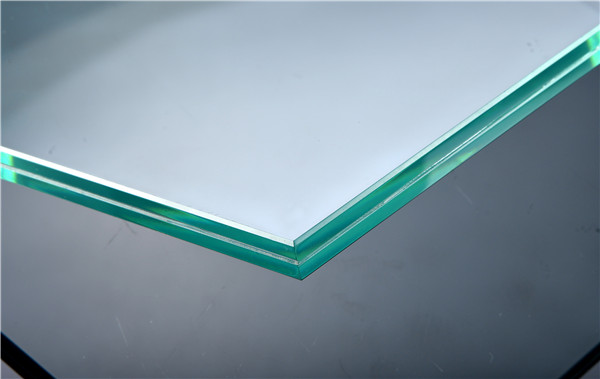 2023-09-12In order to find out how to control PVB’s adhesion, first we need to know the adhesion mechanism. PVB is a “co-polymer”, obtained through a condensation reaction, consisting of 3 different “units” alternating within the “co-polymer”.
2023-09-12In order to find out how to control PVB’s adhesion, first we need to know the adhesion mechanism. PVB is a “co-polymer”, obtained through a condensation reaction, consisting of 3 different “units” alternating within the “co-polymer”. -
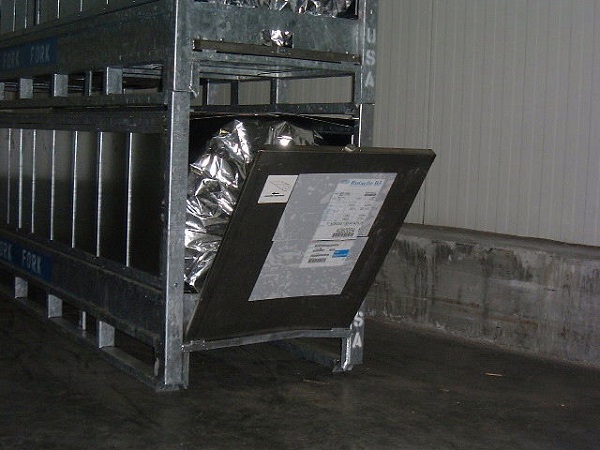 2023-09-12PVB film is generally stored in refrigerated condition between 2 to 10 ℃. Below 2 ℃, dew may form on the surface if it is exposed in an ambient above 30 % Relative humidity. As advised, 30 % Relative humidity is in relation with the moisture content of most commercial PVB films, as delivered. And if storage temperature is above 10 ℃, refrigerated PVB rolls start showing blocking after some stor
2023-09-12PVB film is generally stored in refrigerated condition between 2 to 10 ℃. Below 2 ℃, dew may form on the surface if it is exposed in an ambient above 30 % Relative humidity. As advised, 30 % Relative humidity is in relation with the moisture content of most commercial PVB films, as delivered. And if storage temperature is above 10 ℃, refrigerated PVB rolls start showing blocking after some stor
Knowledge
PV Modules
Solar Glass

-
 2022-06-21PVB also called polyvinyl butyral resin, chemical properties: density 1. 7 g/cm3. Refractive index 1. 488 (20 ℃). Bibulous rate is not greater than 4%. Softening temperature 60-65 ℃. Soluble in methanol, butyl alcohol, acetone, methyl ethyl ketone, ring already ketone, methylene chloride, chloroform
2022-06-21PVB also called polyvinyl butyral resin, chemical properties: density 1. 7 g/cm3. Refractive index 1. 488 (20 ℃). Bibulous rate is not greater than 4%. Softening temperature 60-65 ℃. Soluble in methanol, butyl alcohol, acetone, methyl ethyl ketone, ring already ketone, methylene chloride, chloroform -
 2022-06-21PVB also called polyvinyl butyral resin, chemical properties: density 1. 7 g/cm3. Refractive index 1. 488 (20 ℃). Bibulous rate is not greater than 4%. Softening temperature 60-65 ℃. Soluble in methanol, butyl alcohol, acetone, methyl ethyl ketone, ring already ketone, methylene chloride, chloroform
2022-06-21PVB also called polyvinyl butyral resin, chemical properties: density 1. 7 g/cm3. Refractive index 1. 488 (20 ℃). Bibulous rate is not greater than 4%. Softening temperature 60-65 ℃. Soluble in methanol, butyl alcohol, acetone, methyl ethyl ketone, ring already ketone, methylene chloride, chloroform -
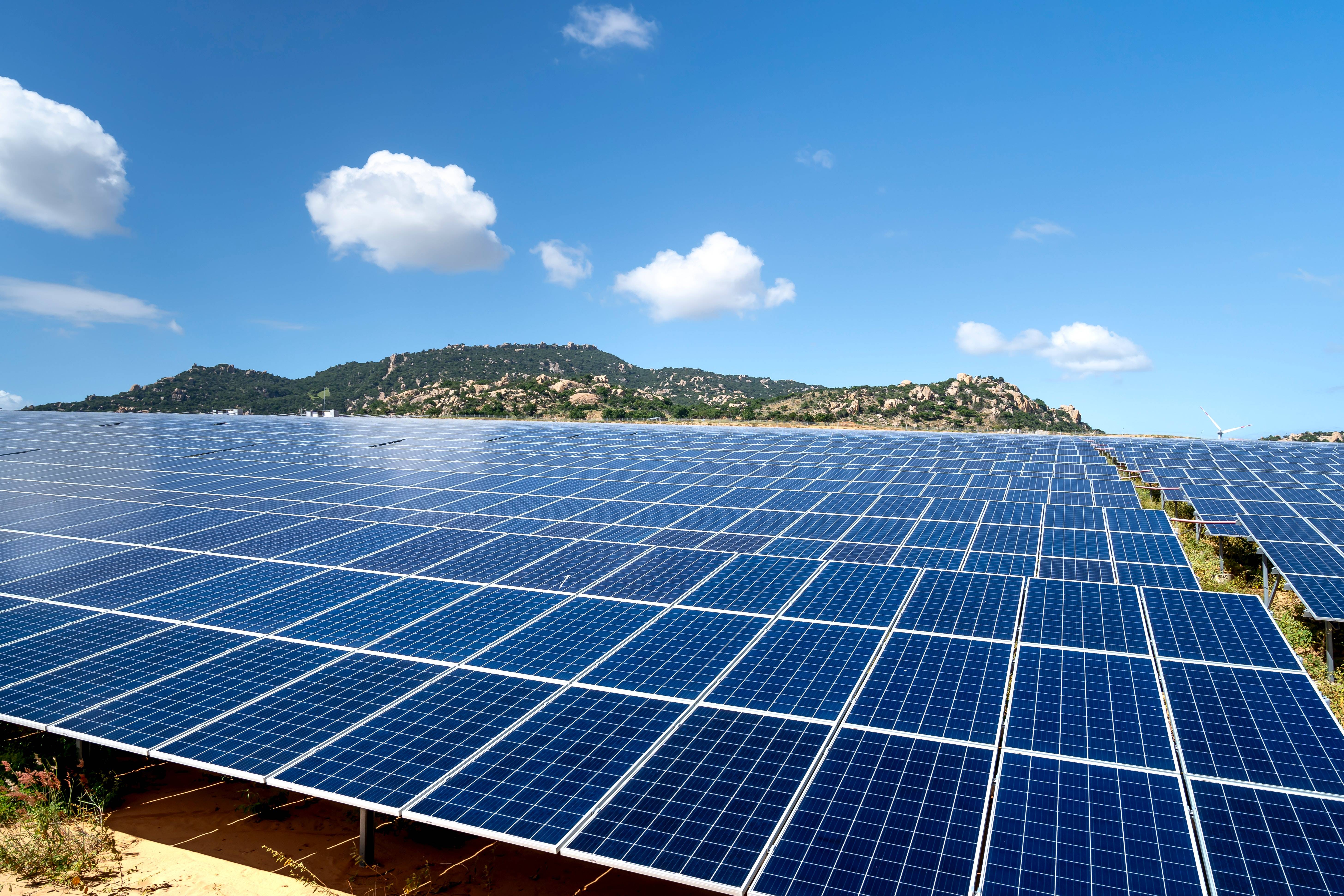 2022-06-21PVB also called polyvinyl butyral resin, chemical properties: density 1. 7 g/cm3. Refractive index 1. 488 (20 ℃). Bibulous rate is not greater than 4%. Softening temperature 60-65 ℃. Soluble in methanol, butyl alcohol, acetone, methyl ethyl ketone, ring already ketone, methylene chloride, chloroform
2022-06-21PVB also called polyvinyl butyral resin, chemical properties: density 1. 7 g/cm3. Refractive index 1. 488 (20 ℃). Bibulous rate is not greater than 4%. Softening temperature 60-65 ℃. Soluble in methanol, butyl alcohol, acetone, methyl ethyl ketone, ring already ketone, methylene chloride, chloroform








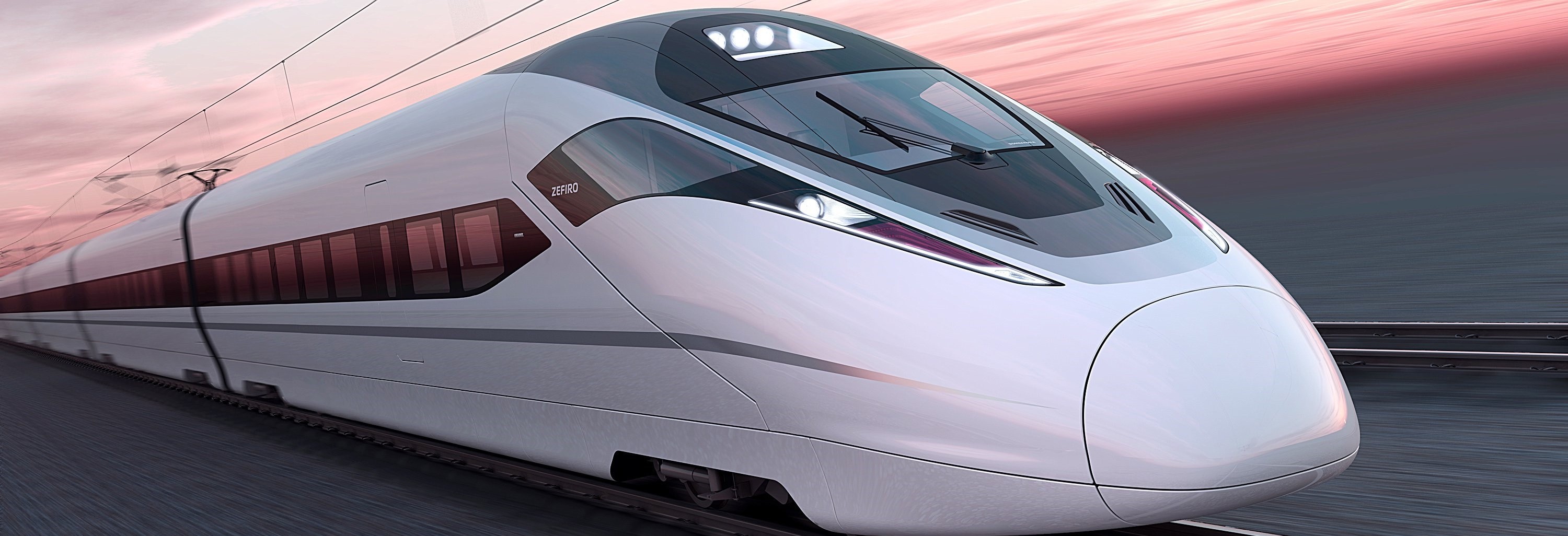

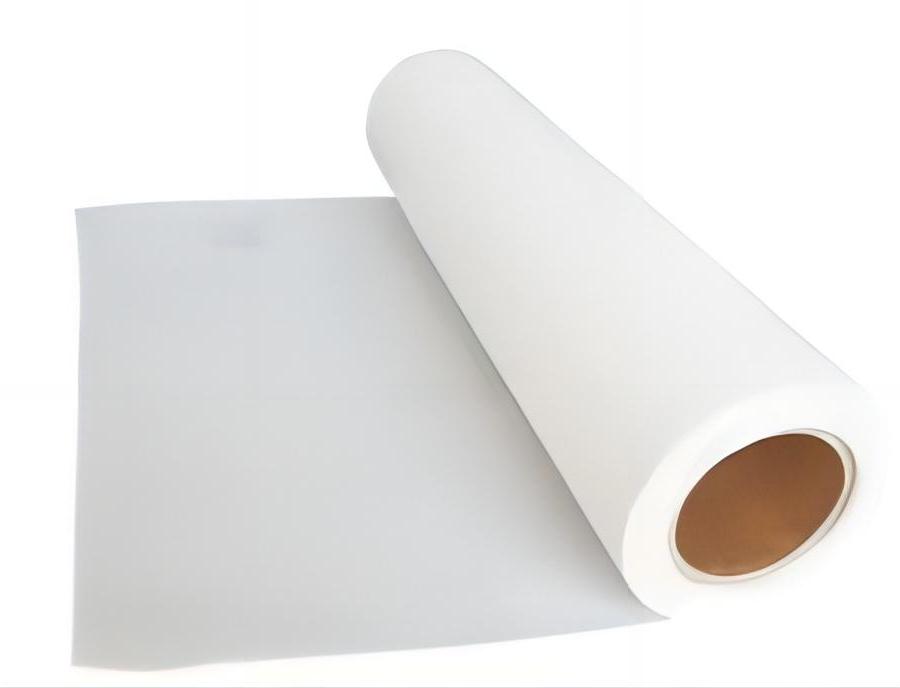
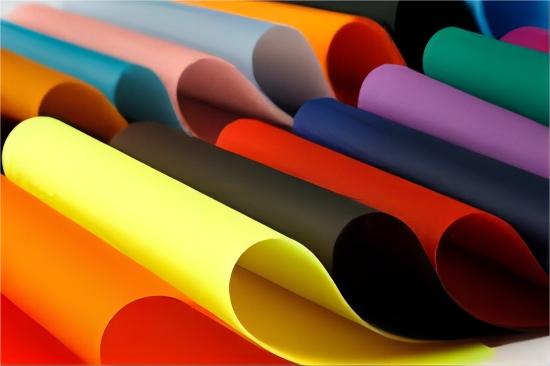

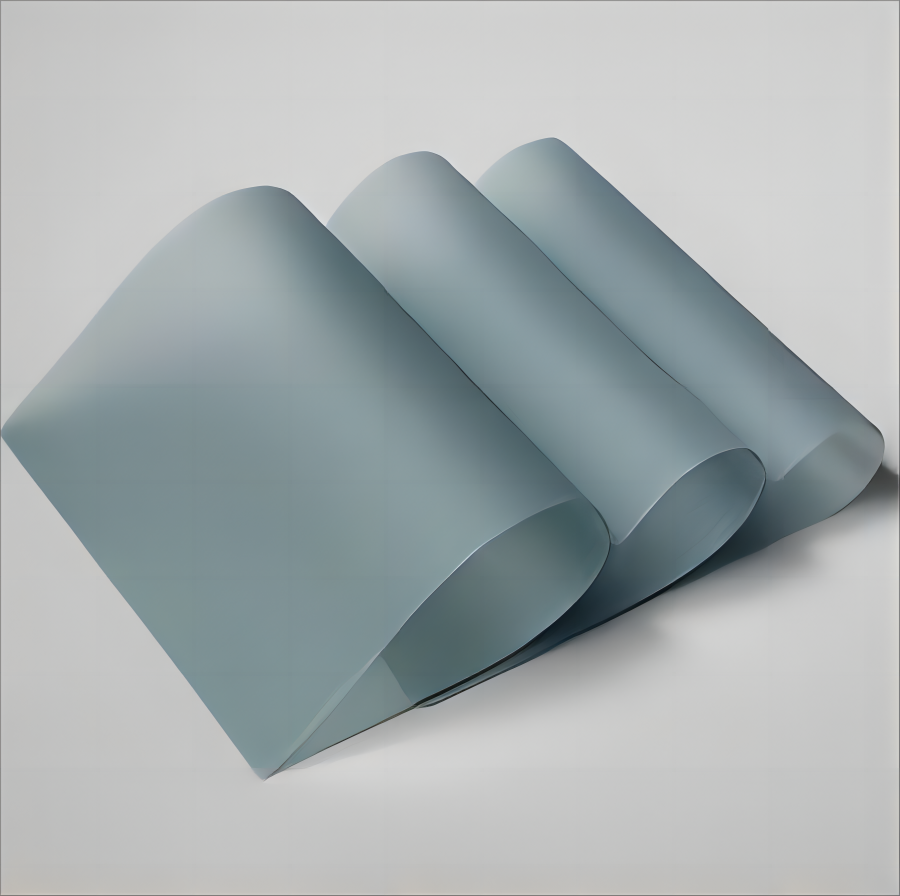
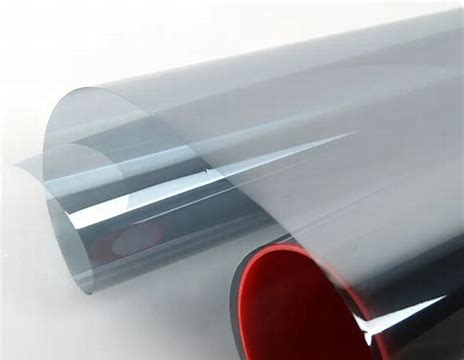

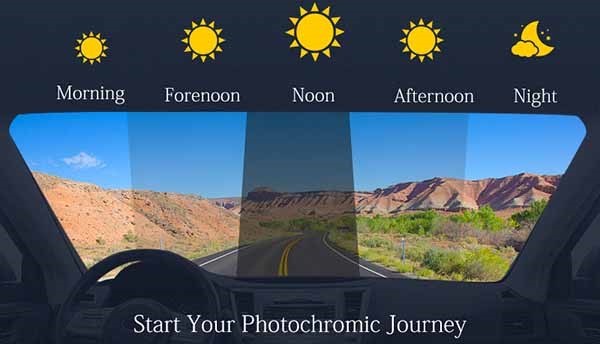
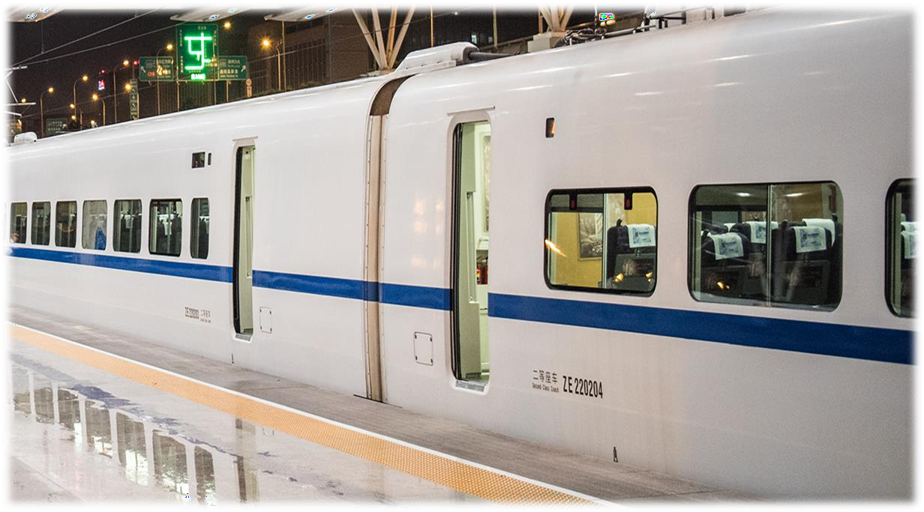
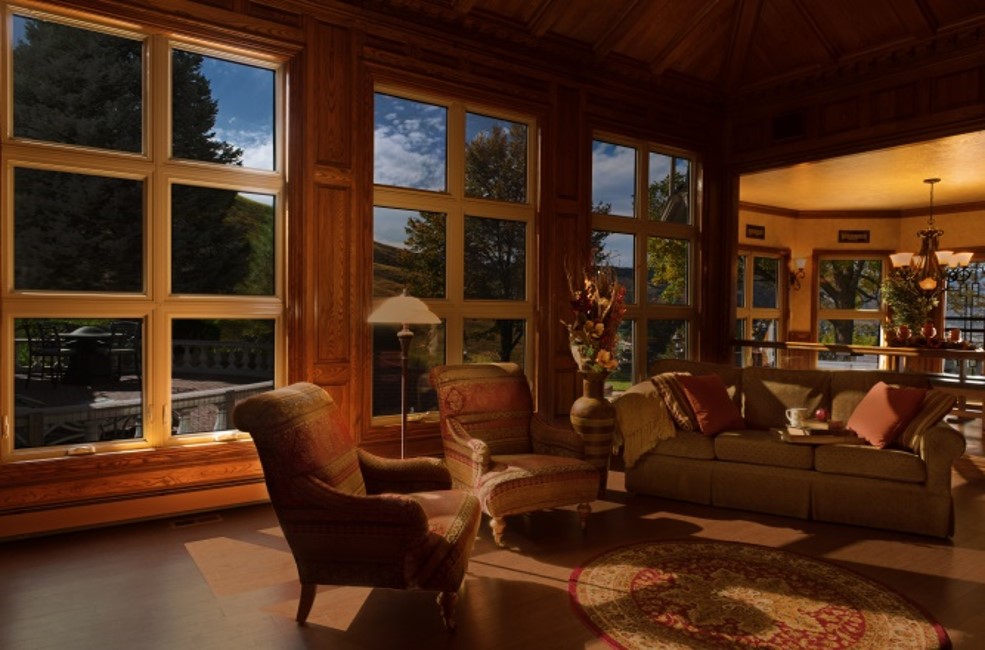
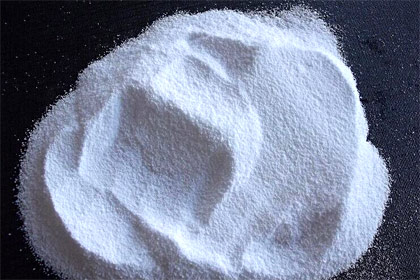
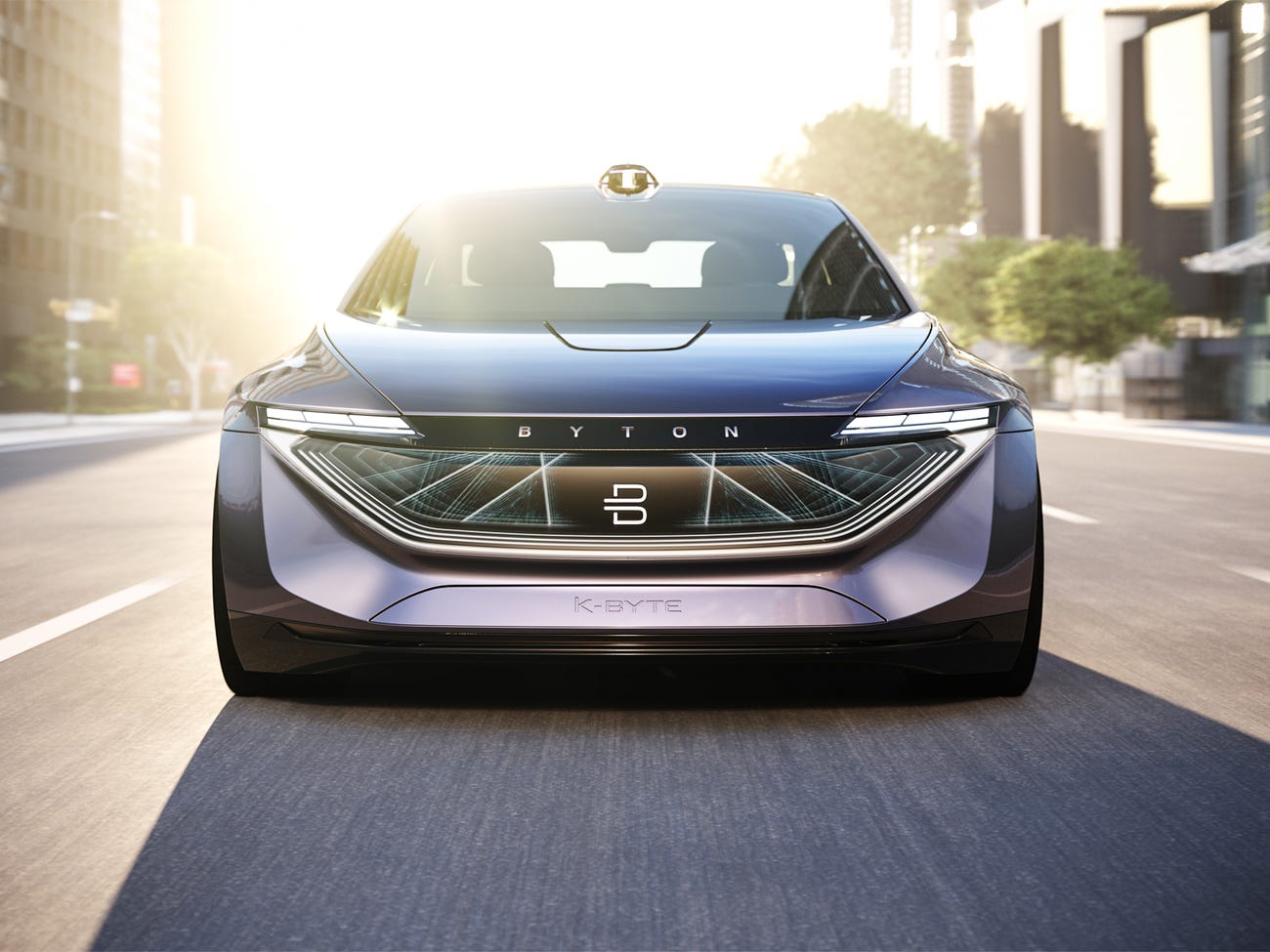


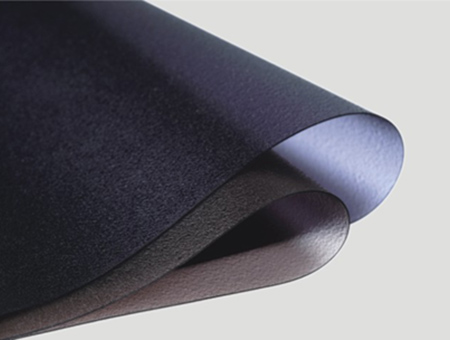


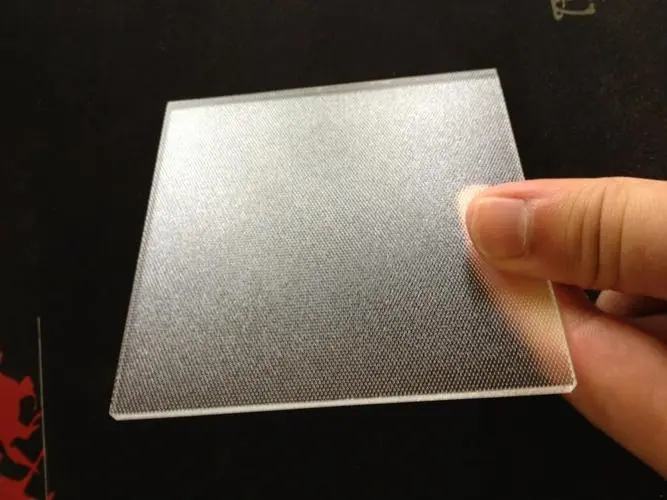
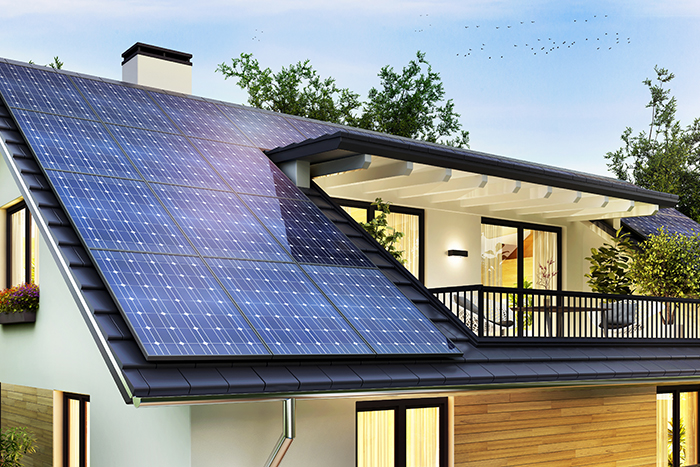
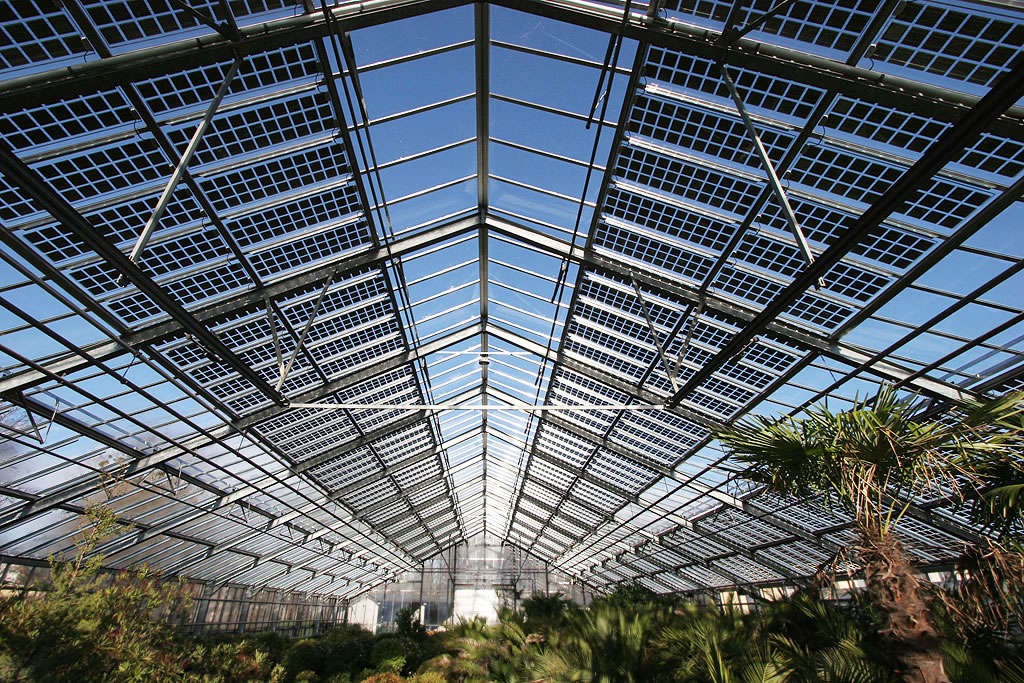
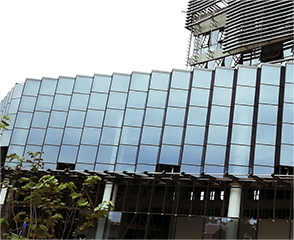
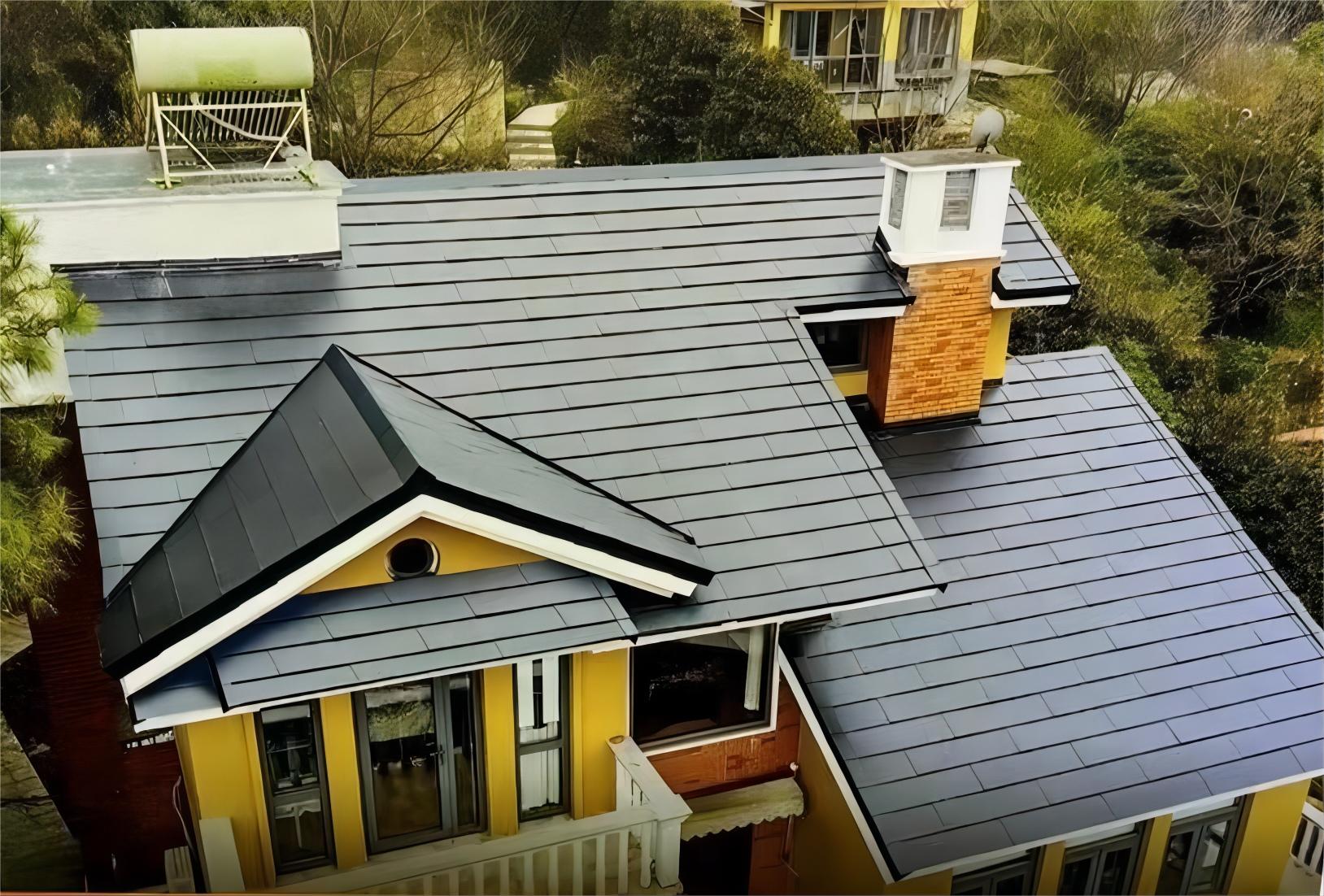

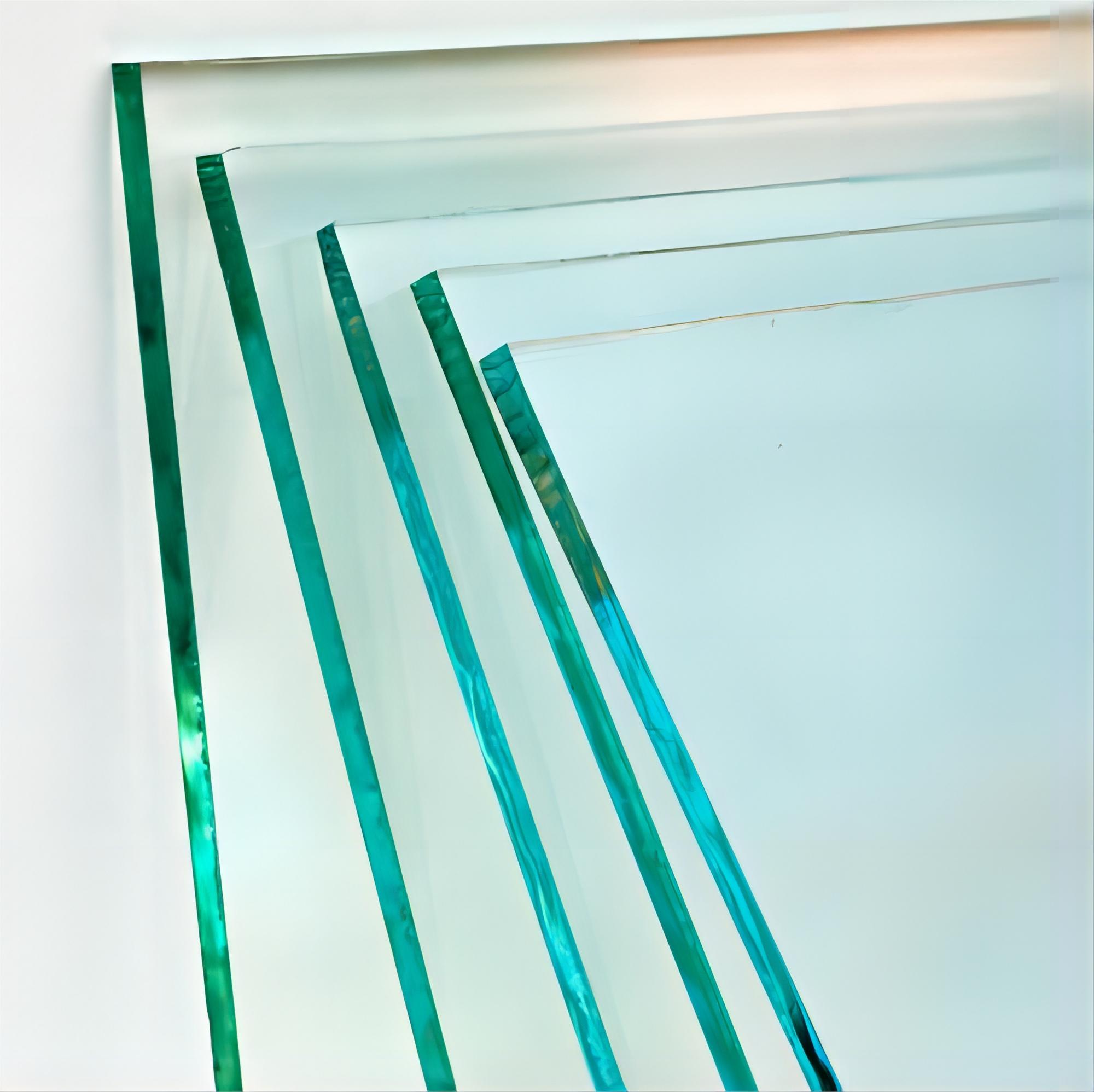
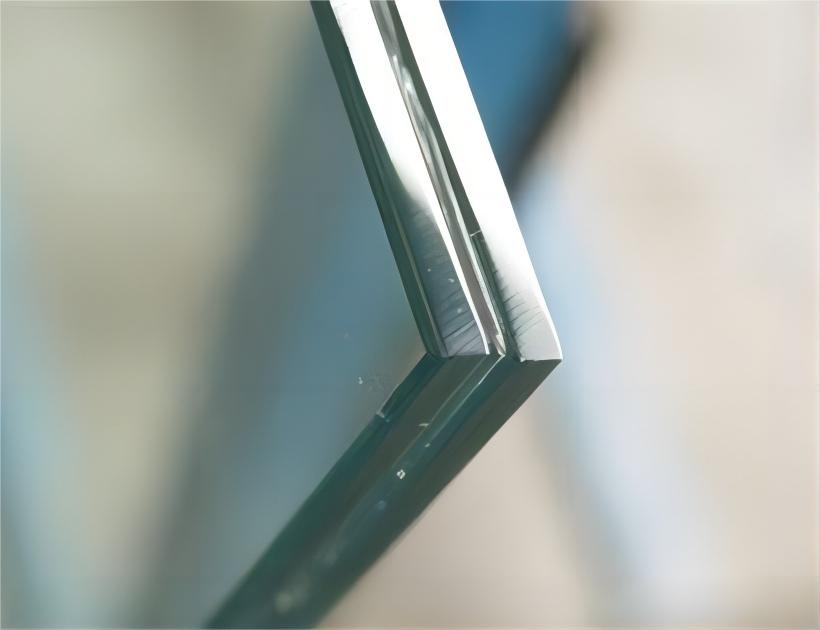
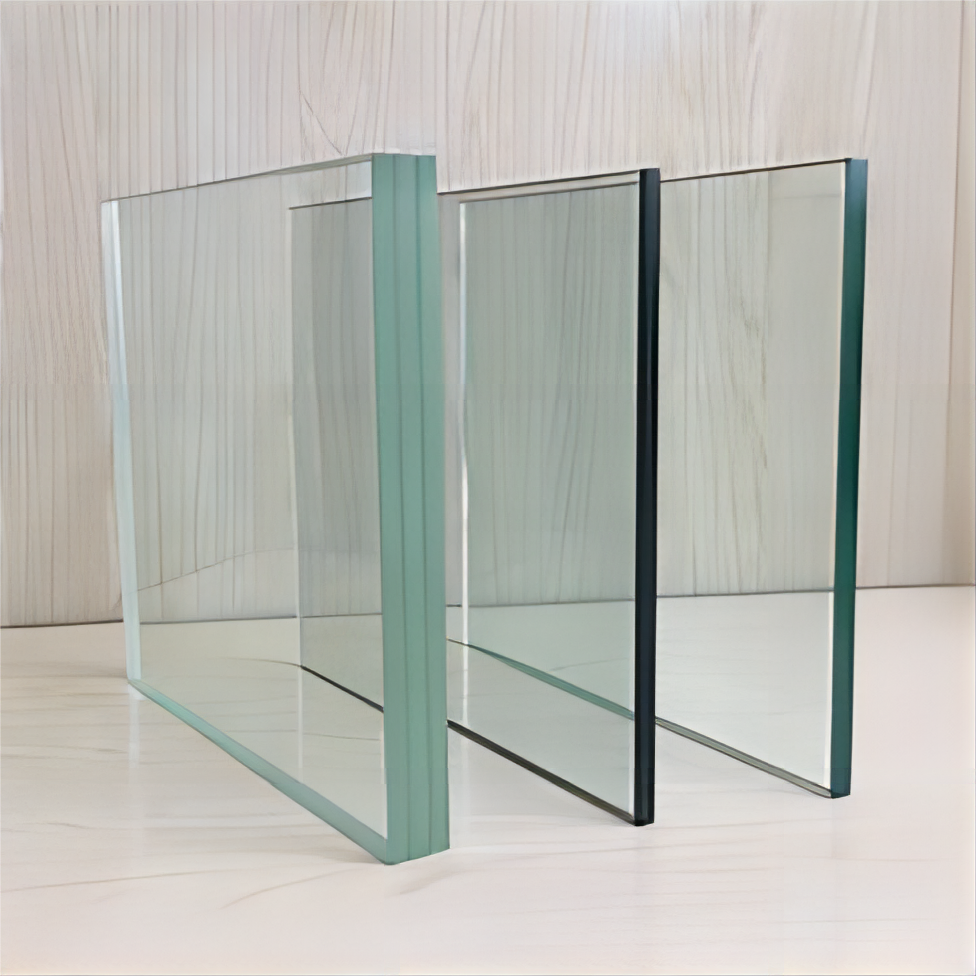
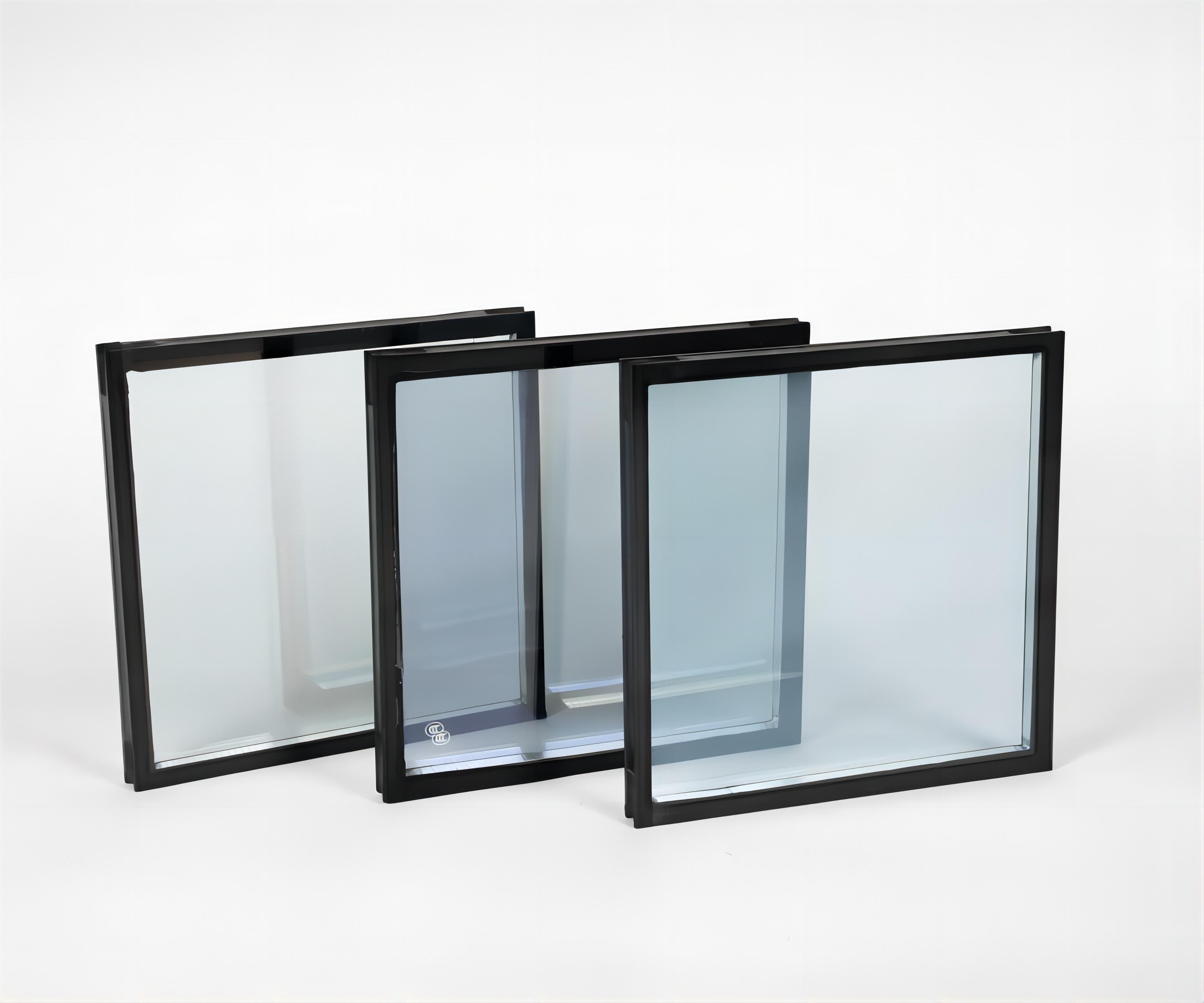
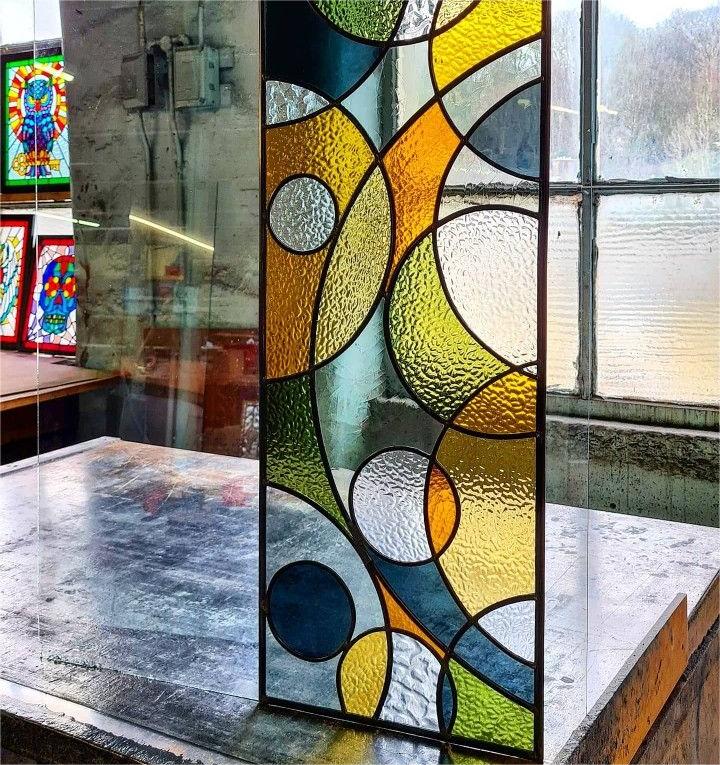

 关注官方微信
关注官方微信